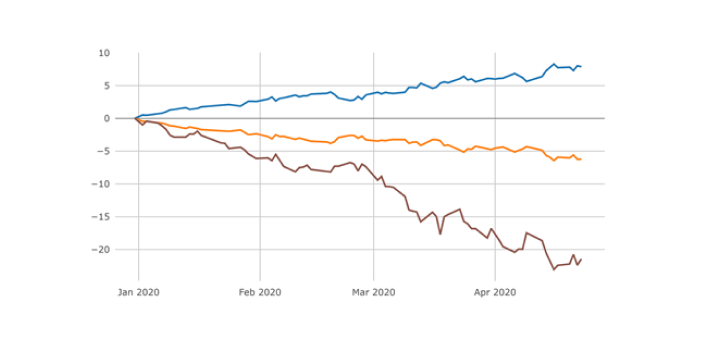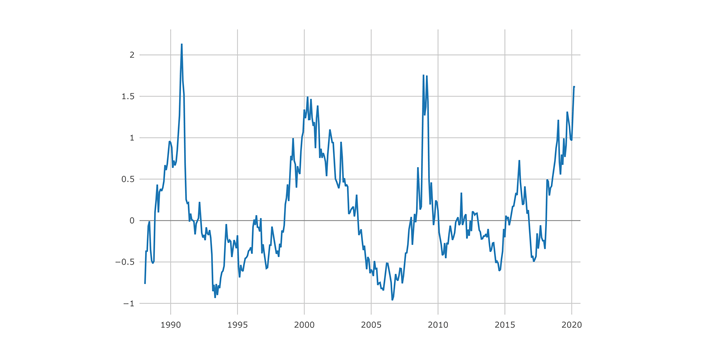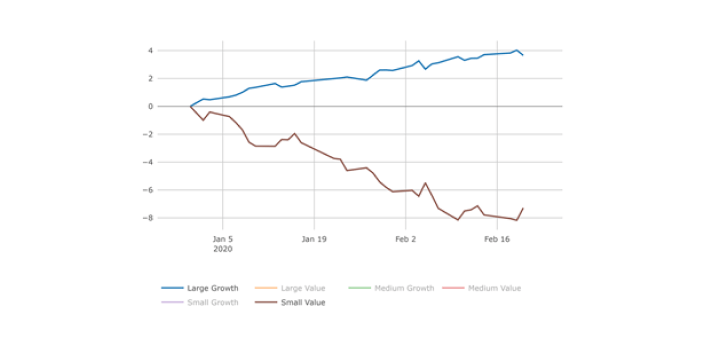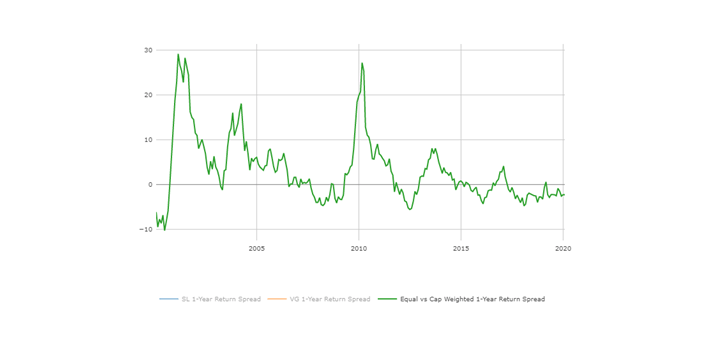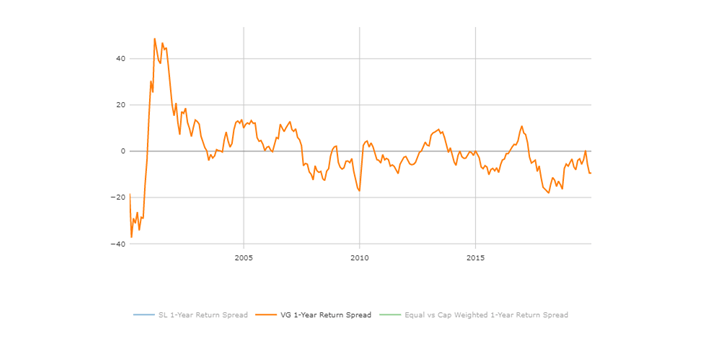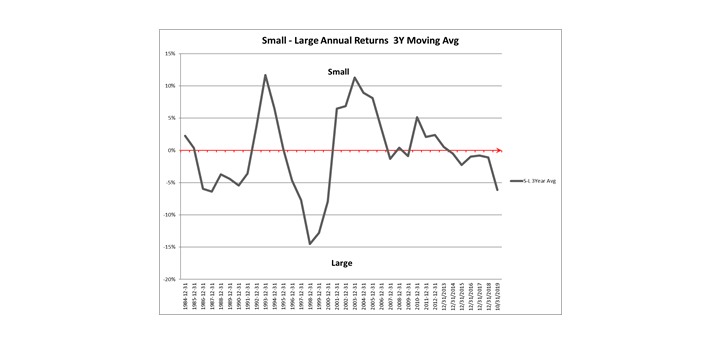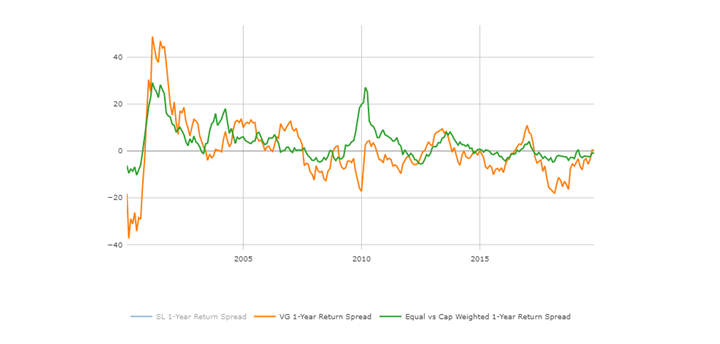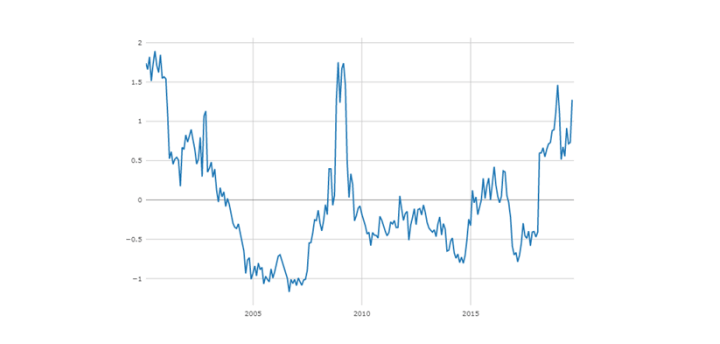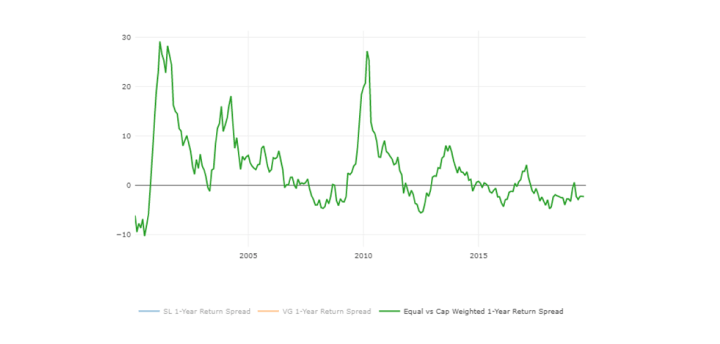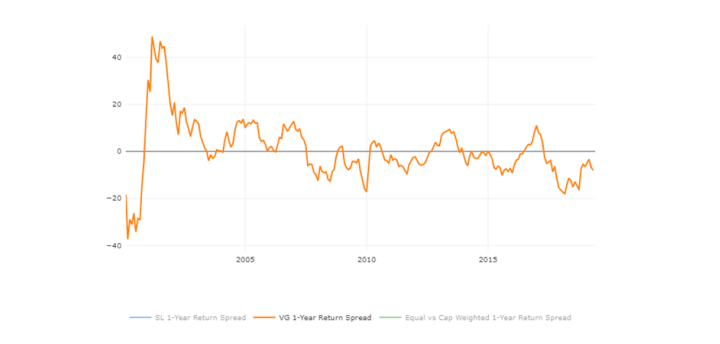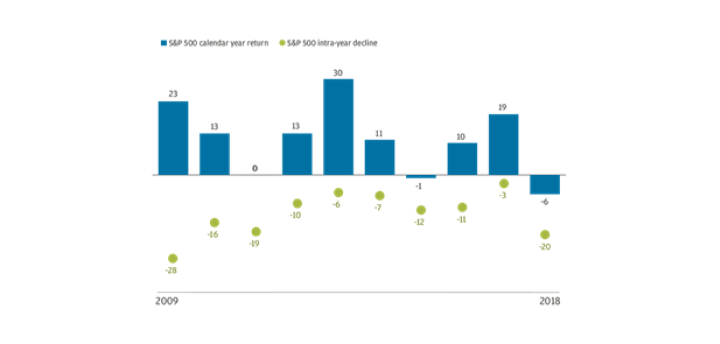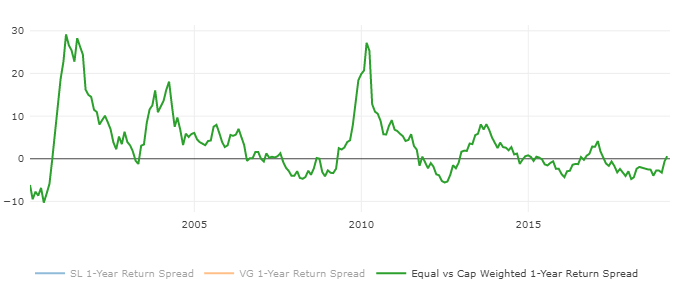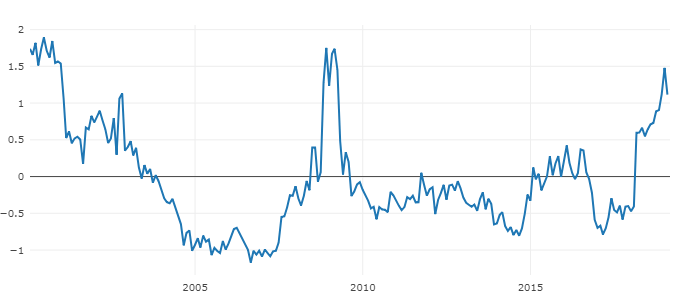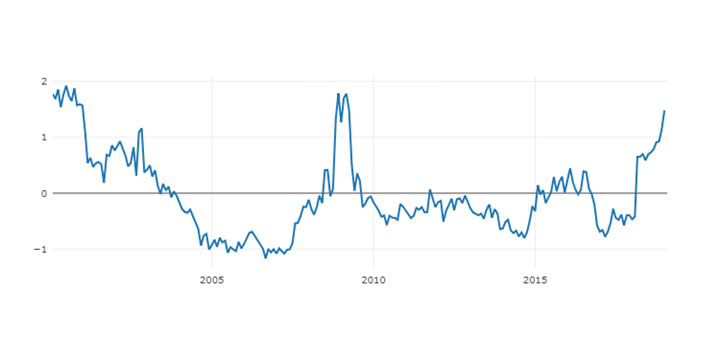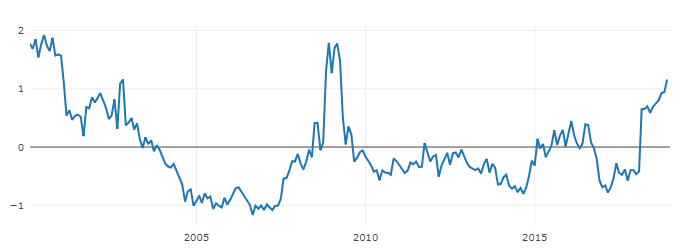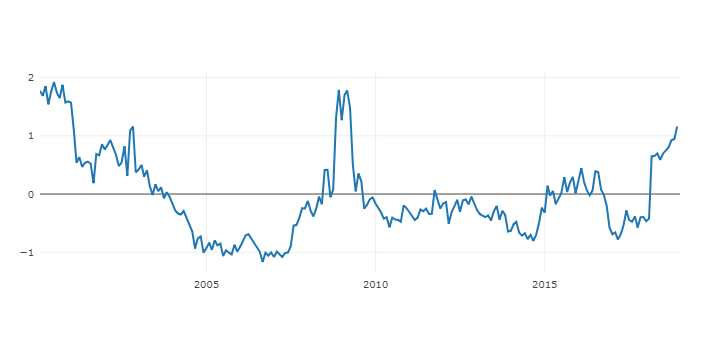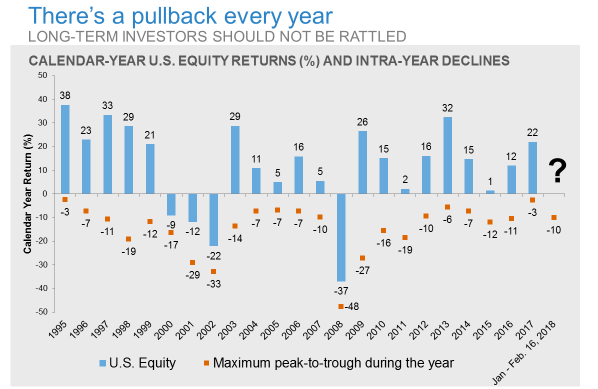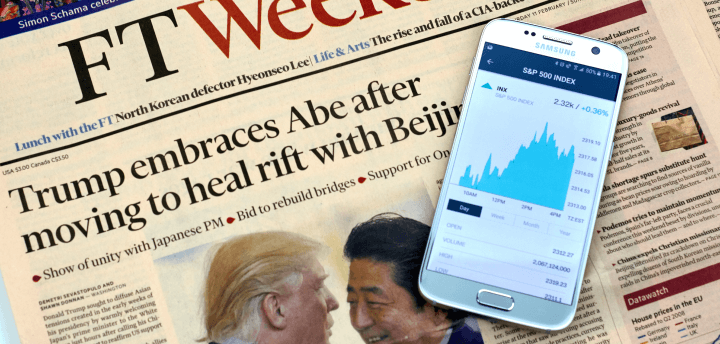US Economics and the Coronavirus
Although COVID-19 infections now have spread across the country, hitting urban and rural areas alike, the latest reading on the virus point to the daily numbers staying well below 50K. On the economic front, the third quarter surveys turned out positive. For example, the Institute for Supply Management reported gains in manufacturing activity and the services sector in July. Retail spending and industrial production also rebounded after historic declines. However, consumer sentiment has flattened, as Americans have turned cautious in their outlook. Also, new weekly jobless filings and continuing claims (which track longer-term joblessness) have stayed stubbornly high, though there has been some decline in recent weeks. All in all, the consensus is that GDP will return to a growth track this quarter and for the rest of 2020. So, while this year the economy is expected to contract around 5%, the nation could return to sustained growth in 2021. One area which supports such a trajectory is housing and residential real estate.
Housing
Brian Wesbury, the Chief Economist at First Trust points to the strength in the housing market. Home builders started too many homes during the housing bubble and the only way to work off that excess inventory was to build fewer homes than normal in the aftermath of 2008-2009. It seems the inventory correction went too far. In the 20 years through February (March 2000 through February 2020), housing starts only averaged 1.265 million. All of this suggests that home builders still need to make up for lost time, until the long-term average is closer to 1.5 million per year, which could mean reaching, and then averaging, a pace of something like 1.8 million starts for the next several years. The demand is there: existing homes sold at a 5.76 million annual place in February, the fastest pace since the housing bubble burst. While plummeting in March, April, and May, sales have soared, hitting a 5.86 million annualized pace in July, even beating where we were in February. Housing is going to be a significant tailwind for the US economy overall, but not everywhere.
Labor: According to Goldman Sachs the virus shock has accelerated several existing trends, such as the rise in remote working and the digitization of services. Surveys indicate that a significant amount of remote working will likely persist. Rents have plunged in dense cities as residents moved out, and activity in virus-sensitive sectors remains far from normal levels. Adjusting to the new economy will likely require a large amount of labor reallocation. Permanent layoffs in virus-sensitive industries have rapidly increased, and retail employment will come under further pressure in an increasingly digital world. A greater shift to remote working may also mean fewer jobs in occupations such as building cleaning and maintenance. Nevertheless, Goldman sees several reasons why the labor market recovery may prove faster than in other recessions. First, they expect many temporarily laid off workers to be re-hired. Second, there was no obvious imbalance prior to the downturn. Finally, there is scope for a large amount of job creation, suggesting that reallocation could occur at a faster pace than usual. They expect the unemployment rate to decline to 9% by the end of this year, a further large decline to 6.5% in 2021 following a vaccine, and a more gradual recovery after that.
Global Economics
JP Morgan states that amid this year’s dramatic growth swings, monthly activity readings have provided limited guidance to what lies ahead. Indeed, daily mobility and alternative data were already pointing to a strong midyear growth rebound as traditional readings documented the March-April collapse. The recent flow of monthly data confirms the historic May-June bounce and points to continued strong July gains. To be sure, the sectoral and regional composition of growth appears to be shifting. While the May-June surge reflected the release of pent-up consumer demand, a recovery in business spending — most notably inventories — and global trade flows is now generating a global manufacturing bounce. Regionally, Western Europe’s relatively deep contraction last quarter is being followed by the sharpest midyear acceleration, which aligns with JP Morgan’s forecast that the Euro area and UK will post the strongest GDP gains this quarter. Two clouds hovering over the outlook could curtail growth momentum. The first is the continued problems controlling the COVID-19 outbreak. This issue has been a concern for the US and EM economies outside Asia for some time, but containment problems have recently emerged in Western Europe (notably France and Spain) and North Asia (Korea and Japan). The second is the lapse of extended US unemployment benefits and uncertainty regarding an expected new round of stimulus. Available August evidence points to continued solid global growth.
Goldman Sachs remain more optimistic than most other private and official forecasters about the global economic recovery. Following an upgrade to our 2021 US numbers on the back of an earlier vaccine assumption (available in 2020), they expect global GDP growth of -3.3% in 2020 and +6.5% in 2021, compared with -3.8%/+5.3% for the Bloomberg consensus of private sector forecasters and even weaker numbers for institutions such as the IMF, the OECD, and many national central banks. Nevertheless, the consensus is that the monetary policy will stay highly supportive, with no hikes from the Fed until early 2025, in line with current market pricing. This combination of strong growth and easy monetary policy can be sustained for a long time when the economy emerges from a deep downturn and therefore has plenty of spare capacity that needs to be worked off before inflation rises above target.
Intricacies of the Stock Market and Actively Managed Portfolio Rebalancing
Signet recently rebalanced our actively managed equity strategies. Since nobody knows how quickly things will get back to normal and how smooth that recovery is going to be, we maintain our barbell approach. We favor large growers which will capitalize on the current digitalization trends paired up with well-run “Back to Normal” companies with great re-evaluation potential.
Sectors
According to our proprietary Macro and Micro analyses Consumer Discretionary are forecasted to strongly perform not only on the shoulders of housing renovation stocks (like HD) or e-commerce (AMZN) but also on some more traditional names once the economy is fully reopened. We still believe in Technology and see potential in Industrials and Communication Services. On the defensive front, we remain neutral towards Healthcare (we think political pressure will be less than usual during the election year). We think it is prudent not to go too light on Financials, since the Fed controls short-term interest rates, but the longer maturities are starting to perk up albeit from very low levels. Consumer Staples represent a viable defensive sector as well, but we need to be a bit more selective here since some of the safer companies are richly priced.
Size and Style
Valuation spreads are still very high (see graph below), so we see a potential in Value snapping back. We still see promising Value across all sectors. We emphasize Medium Cap at the moment. Small Caps have become a standalone strategy and it has significant recovery potential going forward in our view. Large Caps Growth stocks have been dominating for the last few years. The concentration in the marketplace is staggering with a few mega caps dominating and equally weighted S&P losing to its own market cap version almost 11% YTD! We have not seen such concentration in 30+ years (see Equal vs. Market Cap Weighted return spread graph below). We are clearly in recession with low volatility stocks outperforming significantly in the last few months (see Factor Performance Heatmap below), but we see the signs of the market looking past this year and pricing in a beginning of economic recovery in the second half of 2020.
Allocations and Tactical Opportunities
As pragmatic investors, we employ whatever makes sense in our portfolios: we use actively managed strategies alongside with passive exposure through low cost ETFs. Since we follow our proprietary Macro and Micro analyses framework – we still can be quite active with passive instruments through tactical tilts. The most recent such tilt we offer to our clients is based on two very acute topics: innovational disruption (Artificial Intelligence, 5G, self-driving cars, Internet of Things, Cloud Computing, Cybersecurity, Digital Payments) and healthcare (Genomics, Immunology, Medical Devices and Telemedicine).
We think the pandemic has exacerbated the above-mentioned trends which have been in works for some time but now have entered a major center stage. We are always seeking investment opportunities on behalf of our clients and believe in constant development and improvement in this dynamic world.
Valuation Spreads (Source – Signet FM): through July 2020
Equal vs. Market Weighted 1 Yr. Return Spread (Source – Signet FM): through July 2020
Large Growth vs. Small Value 2020 YTD (as of 08/25/2020) (Source – Signet FM):
Factor Performance (Top 2 quintiles of Large Cap Universe vs. SP 500) (Source – Signet FM):
The information and opinions included in this document are for background purposes only, are not intended to be full or complete, and should not be viewed as an indication of future results. The information sources used in this letter are: WSJ.com, Jeremy Siegel, PhD (Jeremysiegel.com), Goldman Sachs, JP Morgan, Empirical Research Partners, Value Line, Ned Davis Research, First Trust, Citi research and Nuveen.
















































